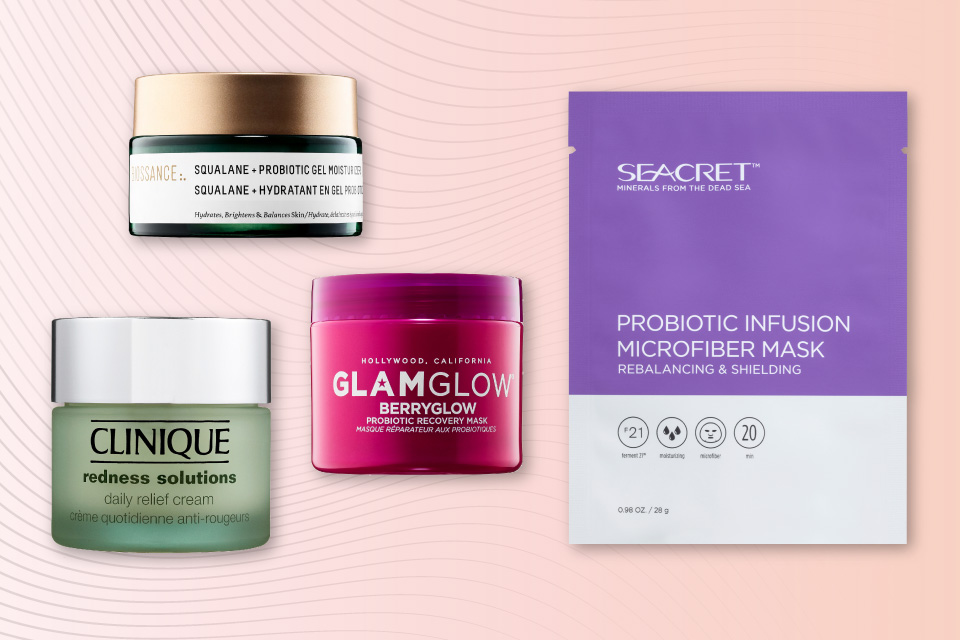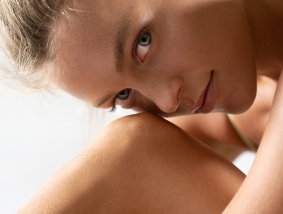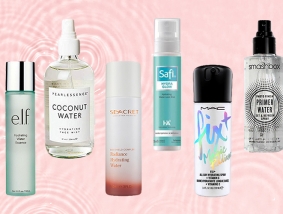The way K-beauty transformed our skin-care routines is beyond remarkable – it’s incredible. Today, many of us take the time to double cleanse. We exfoliate more often. When we need some TLC, we apply a Korean sheet mask. And, thanks to a consistent routine, we enjoy smoother, glassier skin.
Wondering how K-Beauty has taken over our beauty world? K-beauty products tend to focus on functional bioactive ingredients and ample hydration. The idea is to nourish the skin from within instead of covering up the flaws with makeup. So simple, yet totally skin-transforming – it’s no wonder then the global K-beauty products market accounted for a jaw-dropping, well-deserved US$ 10.3 billion in 2019.
In 2020 -21, more and more people, women and men all across the world, discovered the potency of Korean formulas. So, to strengthen their product portfolios, Western brands began to acquire Korean brands. Come the second half of 2020, the K-Beauty market developed a whole new growth story – against the backdrop of the global pandemic.
The Latest K-Beauty Trends
Until 2020, visiting a Korean mono-brand store was a favorite pastime. We all loved to play with testers, try different products and unique ingredients, and feel all the different textures. Yes, we read online reviews and ordered products on the web, but the brick-and-mortar store experience felt irreplaceable.
With the global spread of the pandemic came self-isolations, the closing of stores and malls, and full lockdowns. Our skincare needs changed, too. We developed maskne. Stuck inside four walls, our skin became drier or oilier. Many of us ate comfort food to relieve our loneliness and anxiety, which led to breakouts and redness. And so, our skin became more sensitive.
Korean brands rushed to the rescue, offering sensitive-skin friendly products that calmed our inflammations and cleared our pimples. They’ve come up with new ingredients and formulas to give our skin the lockdown-boost it needs.

Most popular ingredients in 2021
Many of us aged faster this year – just look at your pictures a year ago versus today. With the pandemic came economic distress and anxiety over getting infected or unknowingly infecting our loved ones. Hugging became a luxury. We probably all frowned or cried more. In such a situation, it’s no wonder our skin sagged, our fine lines became more prominent, and our under-eyes looked darker, baggier.
To combat these new skin enemies, we turned to Centella Asiatica (also known as tiger’s grass, Gotu Kola, Indian pennywort, Asiatic pennywort, or Cica). Cica is incredibly calming and soothing. It is known to repair irritated skin, reduce redness, and restore skin compromised by sensitivity. Cica was a go-to ingredient before lockdowns and became all the more popular afterwards.
Another skincare ingredient we turned to during this time was topical probiotics. Probiotics help balance the skin pH and improve the level of hydration. A strong dose of probiotics not only helps reduce signs of aging but also acts to prevent them. Both Cica and probiotics are offered in a variety of formulas – from cleansers to sheet masks.
You might also like

How K-beauty Conquered the World and Our Hearts
September 17, 2020
How Do I Start a Korean Skin Care Routine?
May 12, 2021




